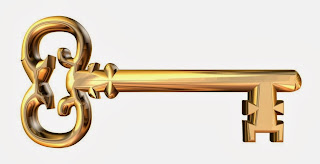Our first designer student work includes a set design for the short film script "Carcass". The greatest advantage of the whole project is our freedom of
creativity. The lack of frame in terms of period and
style requirements of the design gives us the freedom to rely on our own
imagination. The only point we should follow is to present the narration in a
futuristic way. Looking through the
script in depth I decided to create my own schedule during the design process departing
it to 4 week paths.
1st
Week: Developing a story for the story; Storyboarding & initial script work
The characters of the story are expressing strong feelings and emotions which
differs them from each other but nowhere does the author mention details about
the world around them and their reason to behave the way they do. I decided to
come up with a background story to order the missing pieces of the puzzle while at the same time clearing my own attitude about the characters. In addition,
some basic script work was done too.
2nd Week: Research and Prop visuals
Through the second week I focused my
research on constructions, forms and shapes suitable for the appended
narration. The analyzed information was also vital for my first drawing work on
some prop visualizations.
3rd Week: Draughting, Drawing and again Draughting
This third path was the most
exhausting part of the whole process. Draughting different sketch plans and
imagining the cameras movement has to be quite precise which makes it usually
taking hours in front of the paper or on the computer. Visual drawings of some parts of the sets are
also essential because of the required details for that illustrations. Basically, this period compassed most of the technical part of set designer’s job -
drawing working sketches, sketch elevations and some set visuals.
4th Week: Design for a Book,
a Presentation and a White model.
Last week passed through a Photoshop
trainings . A work-in-progress book was required so designing its templates took
quite a lot of time. Thus, creating and formatting the final PowerPoint presentation
of the whole process and a white model of a set which was also some activities left for the
final stage.















